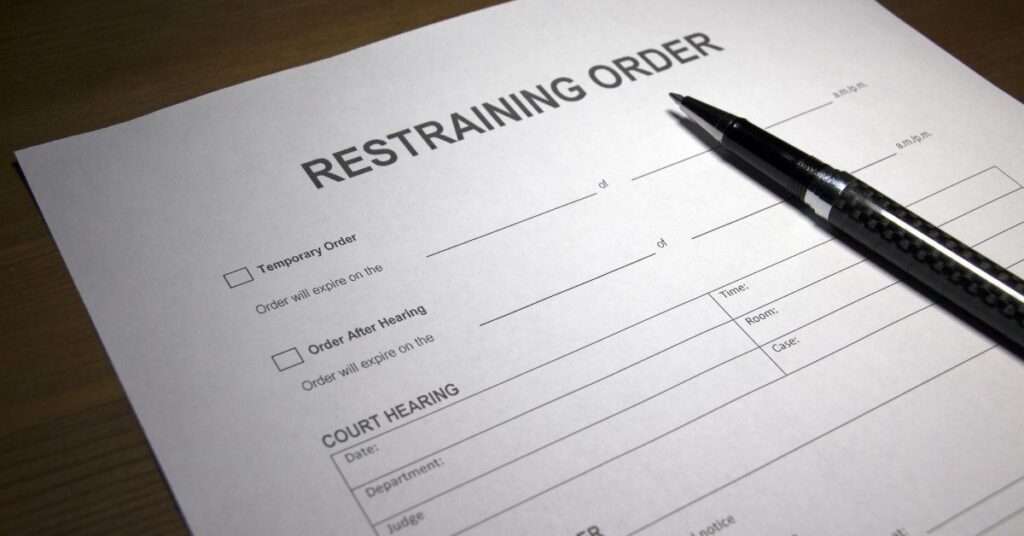Are a restraining order and an order of protection the same thing?
Differences (may not always apply):
- Terminology: Some states use “order of protection” more frequently for domestic violence cases, while “restraining order” is used more broadly for other situations like harassment or stalking.
- Issuing process: Some jurisdictions might have slight variations in the court procedures for obtaining an order of protection versus a restraining order.
- Duration: In some areas, orders of protection might have a different default duration compared to restraining orders.
Overall, understanding both terms as essentially the same concept will help you grasp their purpose and importance. If you need specific information about orders of protection or restraining orders in your location, it’s best to consult with a legal professional or a local domestic violence resource center.
How do I get a restraining order?
Here’s a general overview of the process of obtaining a restraining order in the United States:
Gather Evidence:
-
- Document any incidents of abuse, including dates, times, and details of what happened.
- Keep copies of police reports, medical records, or any other supporting evidence.
- Take photographs of any injuries or damaged property.
Contact a Local Domestic Violence Agency:
-
- These agencies can provide support, advocacy, and guidance throughout the process.
- They can also help you fill out the necessary paperwork and connect you with legal resources.
File for a Restraining Order:
-
- The specific steps may vary depending on your location.
- Typically, you will need to file a petition with the court and attend a hearing.
- A judge will review the evidence and decide whether to grant the order.
Understand the Different Types of Restraining Orders:
-
- Emergency Restraining Order (EPO): This is a temporary order granted on an ex parte basis, meaning the respondent does not have to be present in court.
- Temporary Restraining Order (TRO): This is a short-term order that lasts until a full hearing can be held.
- Final Restraining Order: This is a long-term order that remains in effect for a specific period, unless modified by the court.
Stay Safe:
-
- It’s important to take steps to ensure your safety while the restraining order is pending.
- This may include developing a safety plan, letting trusted friends and family know about the situation, and avoiding contact with the abuser.
Remember, you are not alone. There are people who care about you and want to help. Here are some additional resources that can be helpful:
-
- The National Domestic Violence Hotline: 1-800-799-SAFE (7233)
- The National Network to End Domestic Violence: https://nnedv.org/
- The Rape, Abuse & Incest National Network (RAINN): https://www.rainn.org/
Please know that seeking a restraining order is a courageous step, and you deserve to be safe.
Additional safety tips:
-
- It’s important to never share personal information, such as your address or phone number, with anyone you don’t trust.
- Be aware of your surroundings and trust your instincts if you feel unsafe.
- If you are in immediate danger, call 911.
Click here and here to learn more about Orders of Protection

